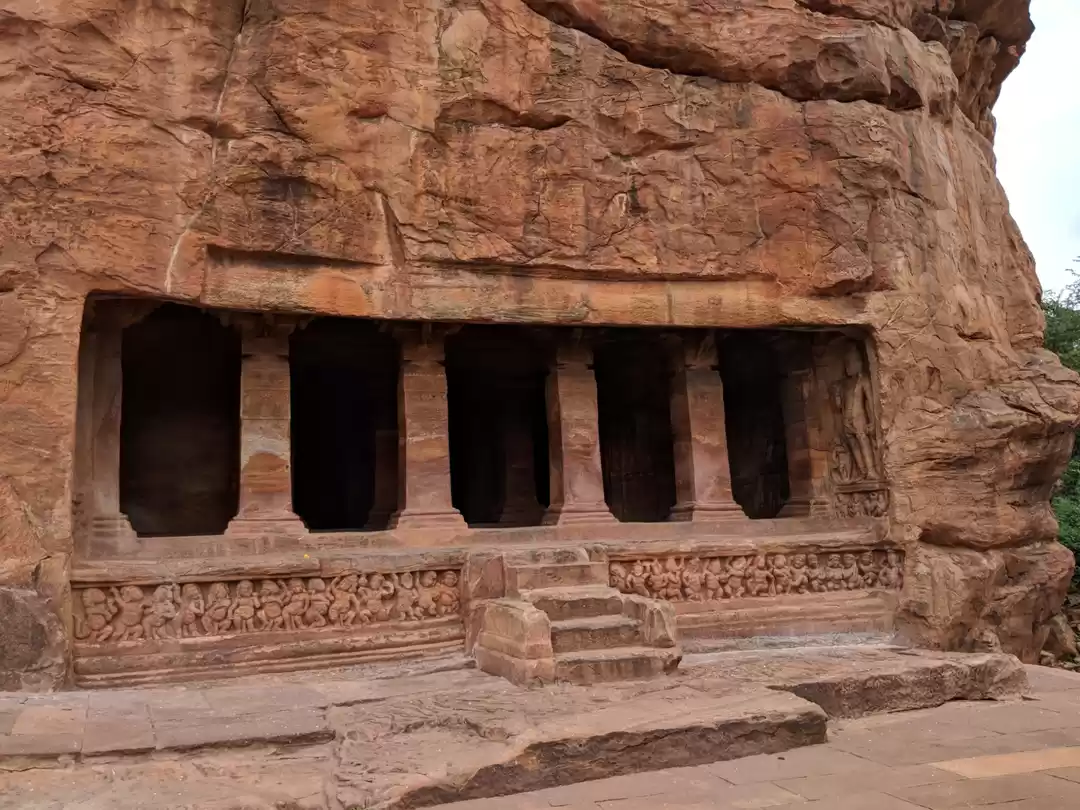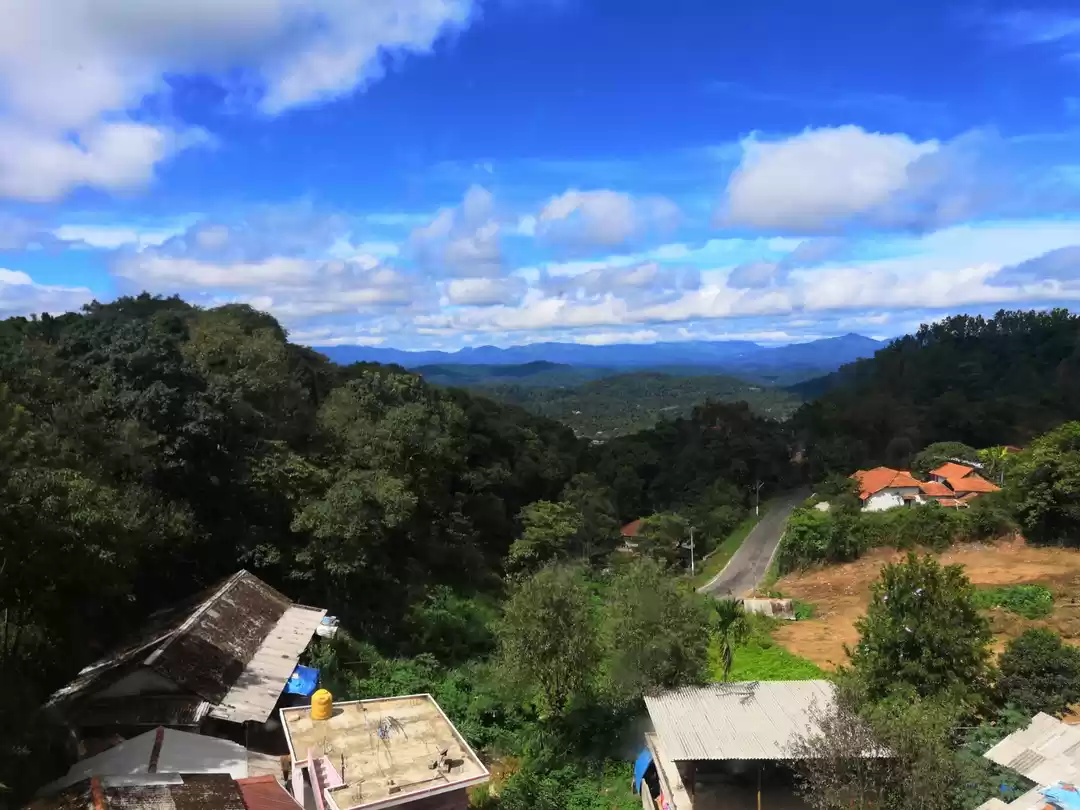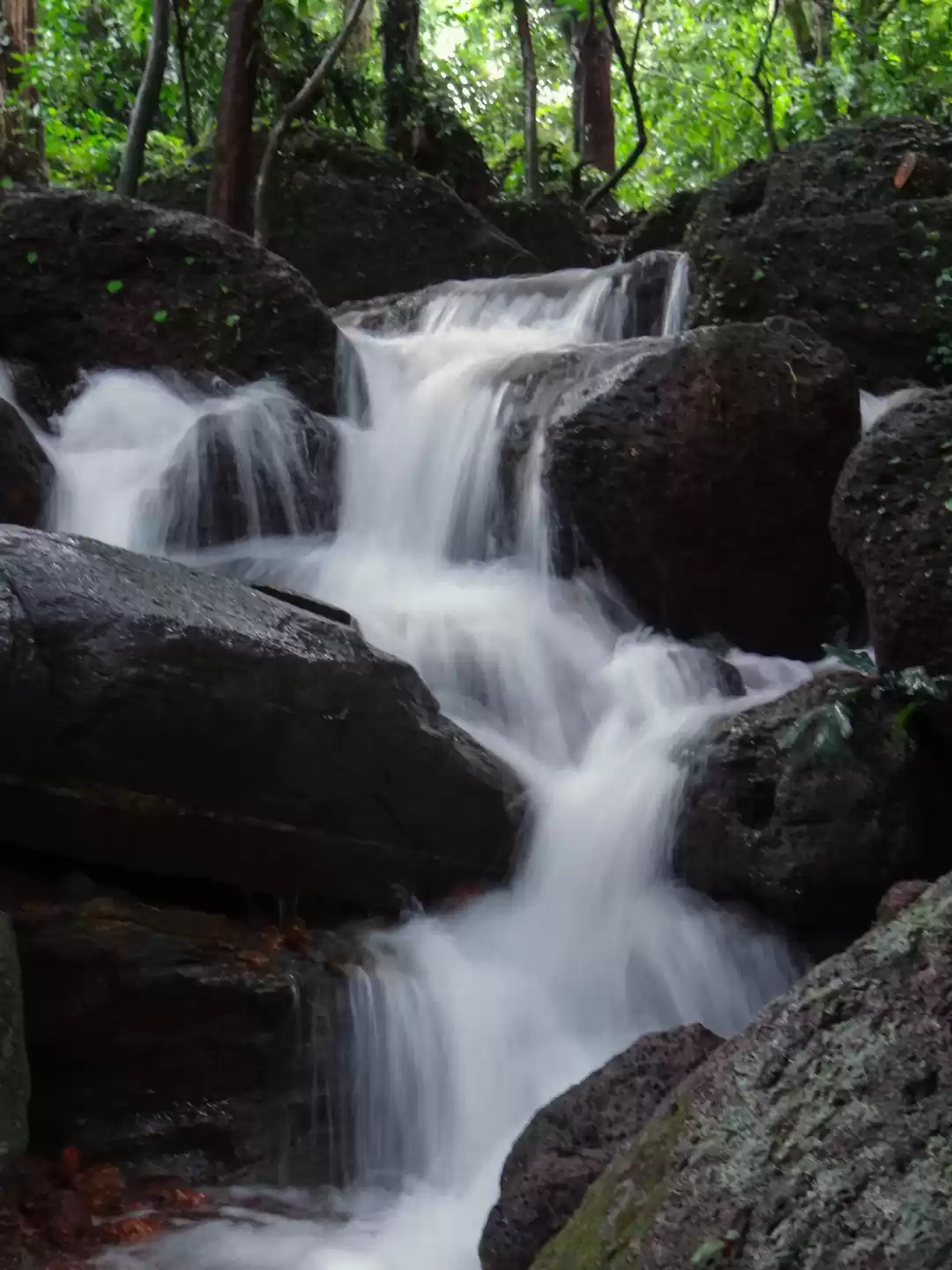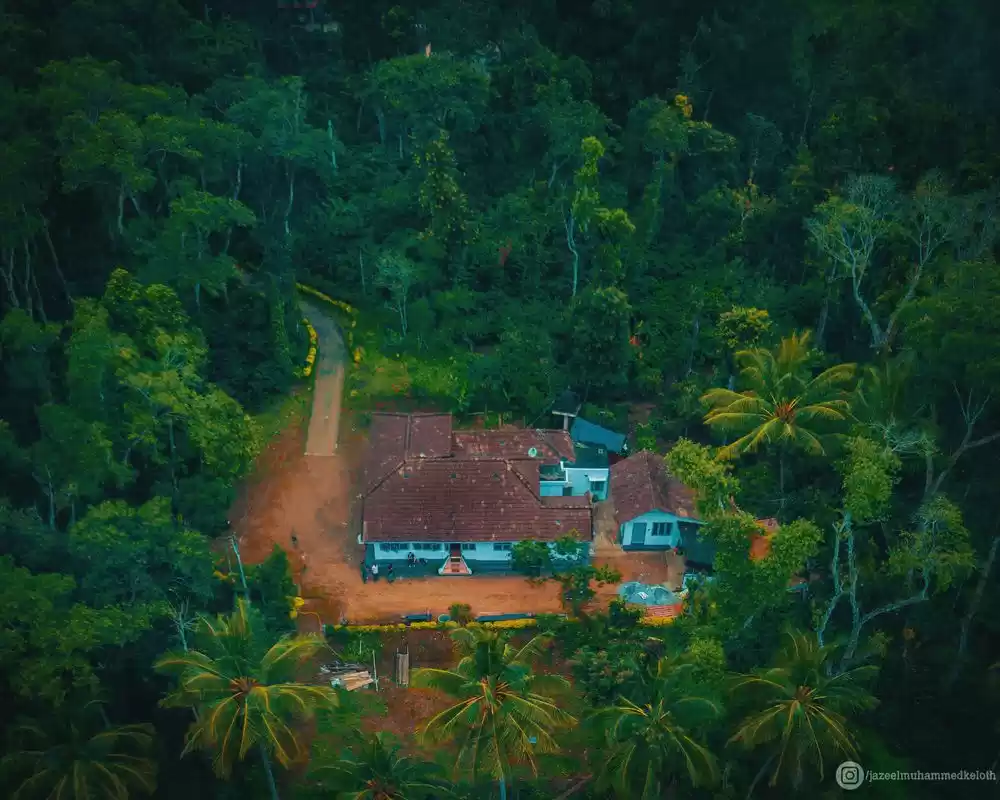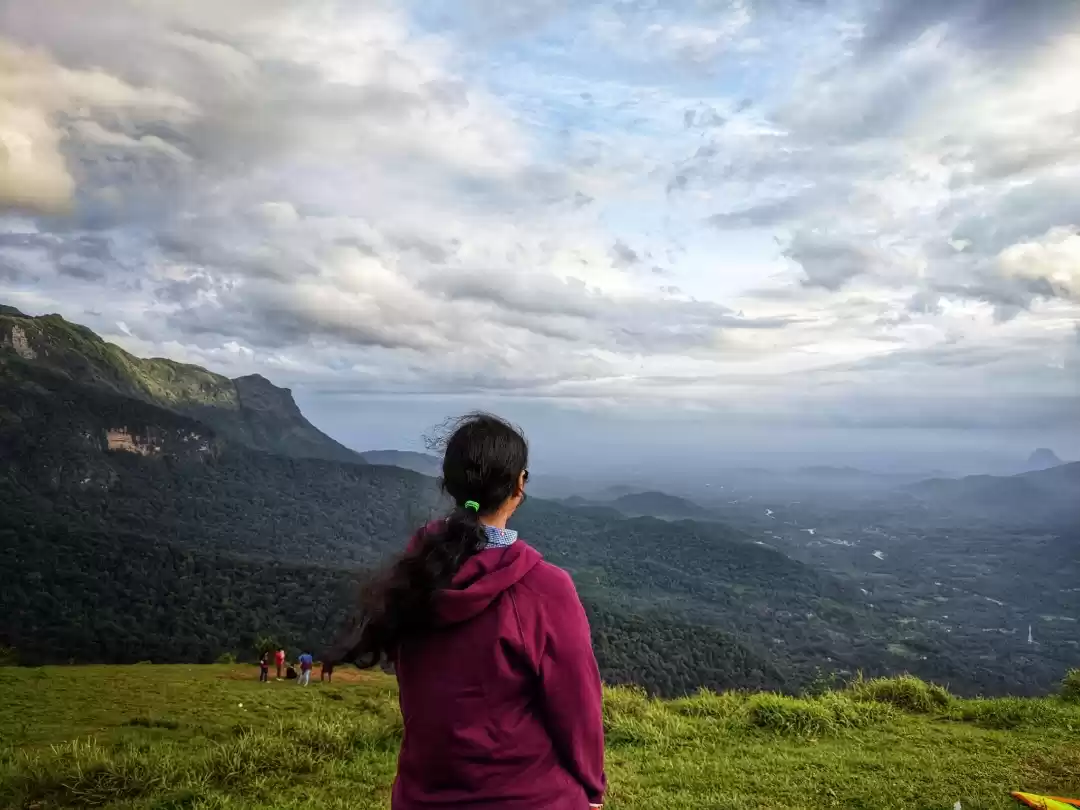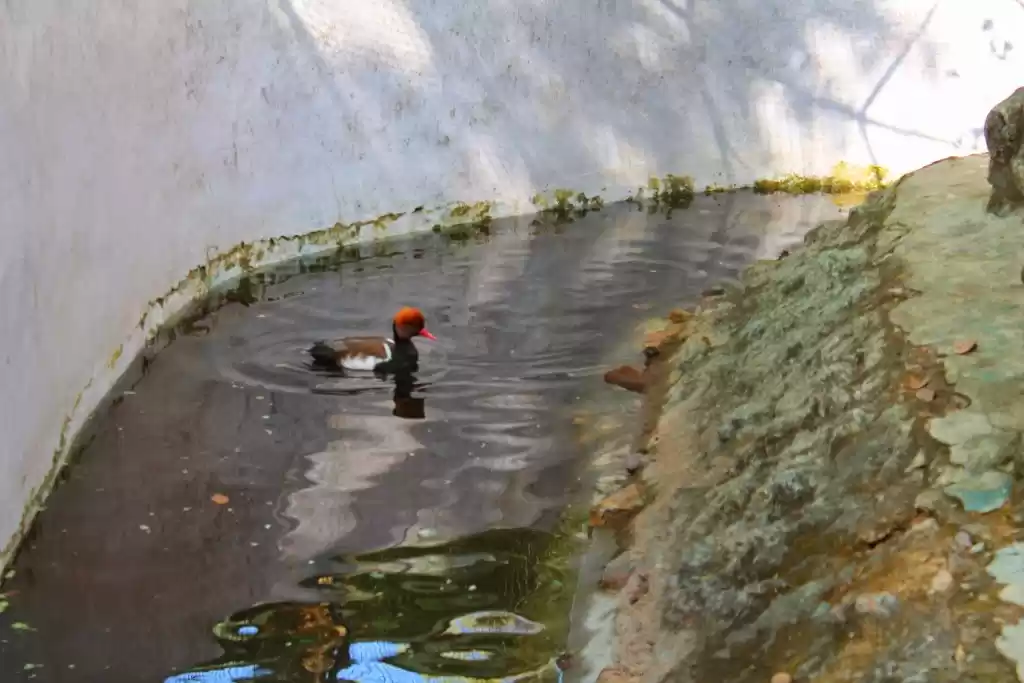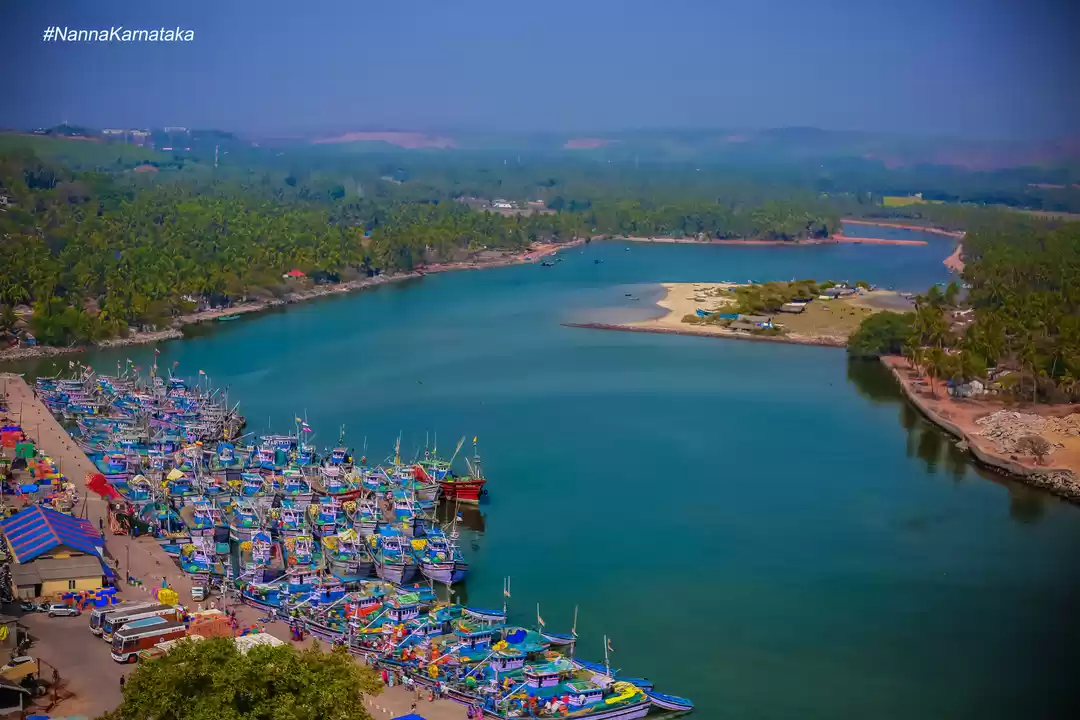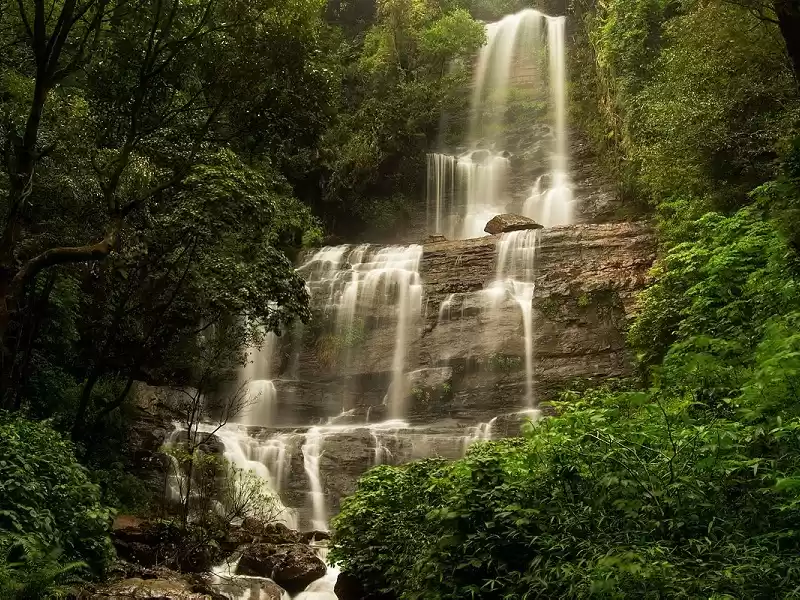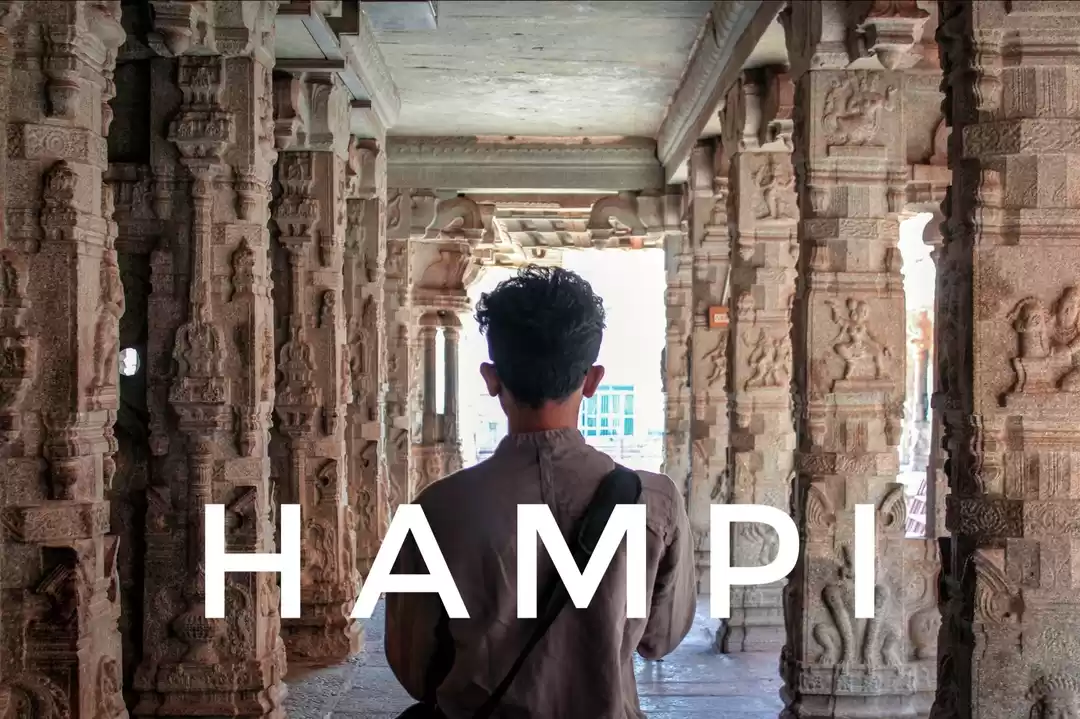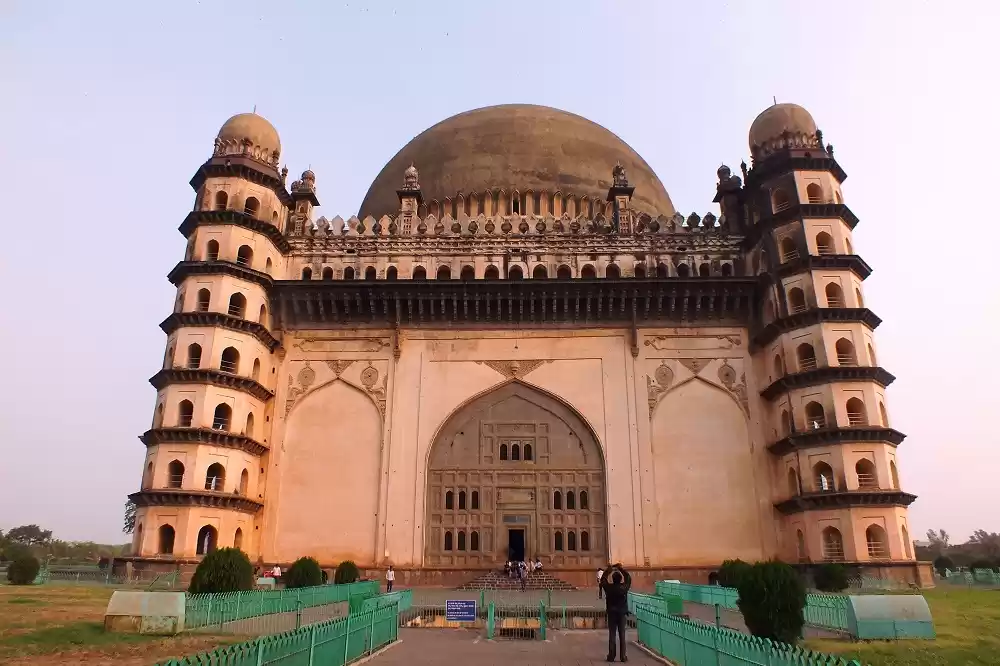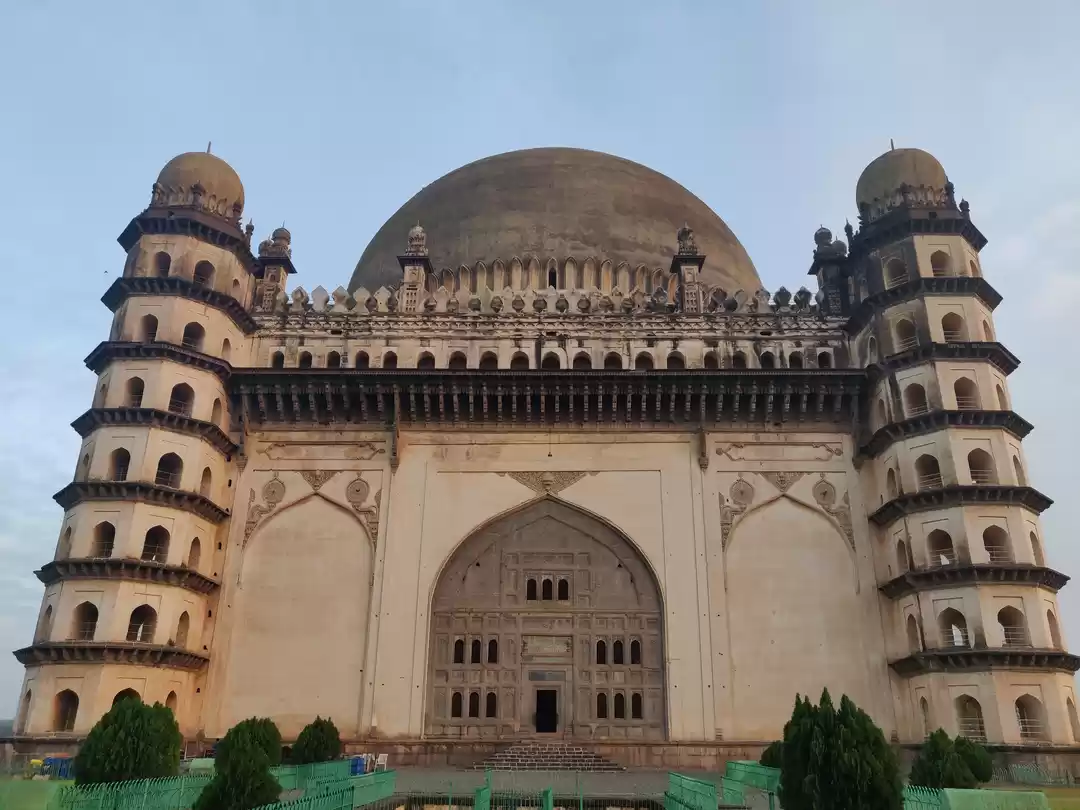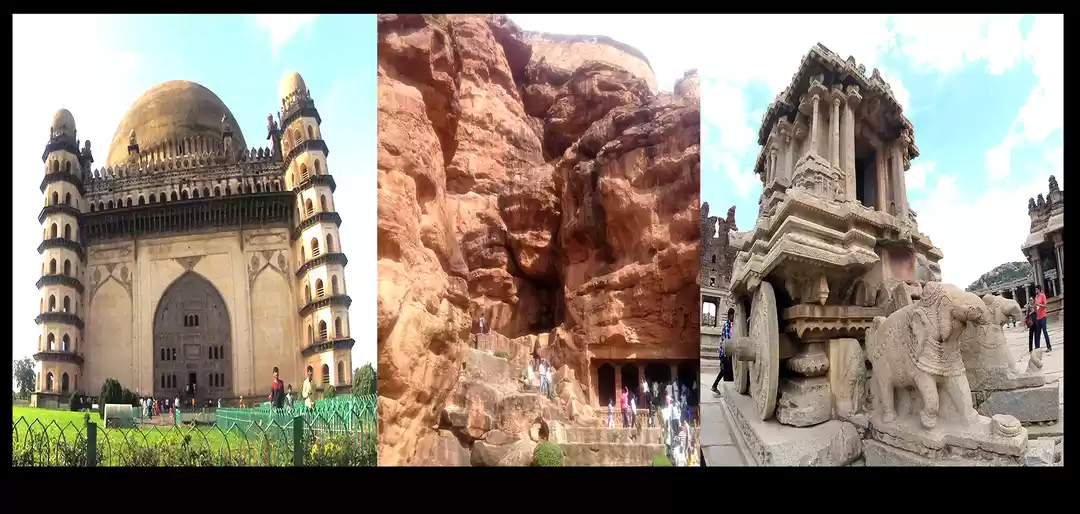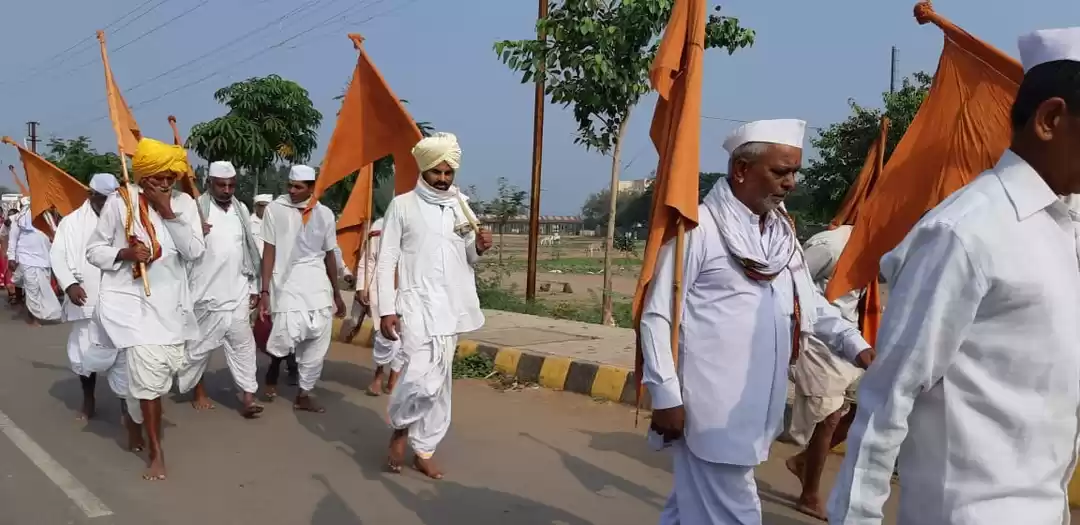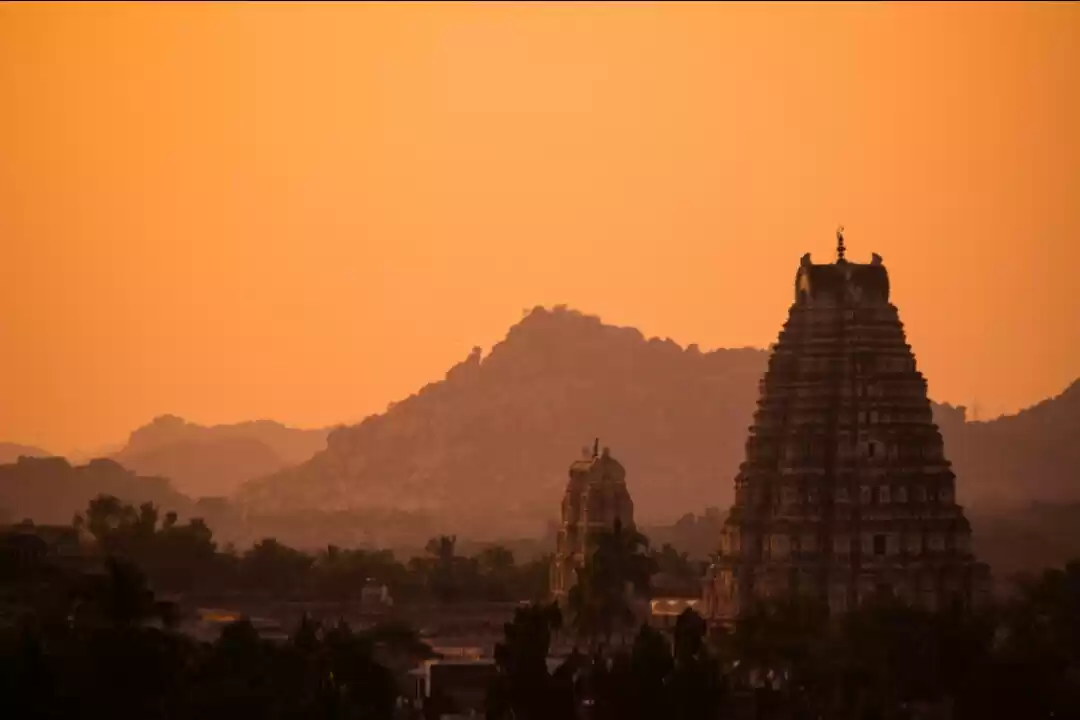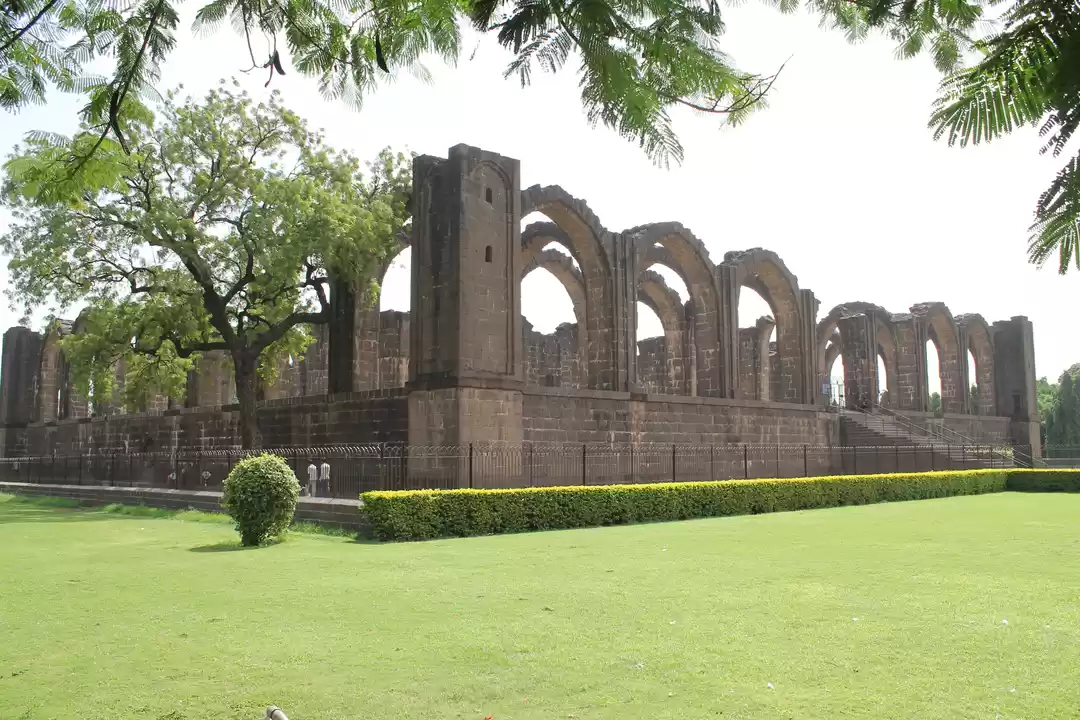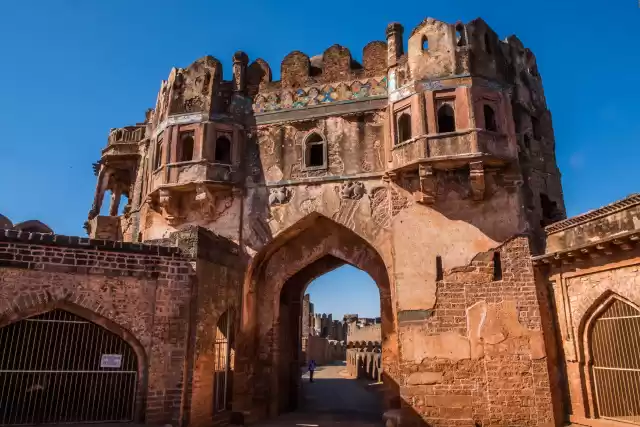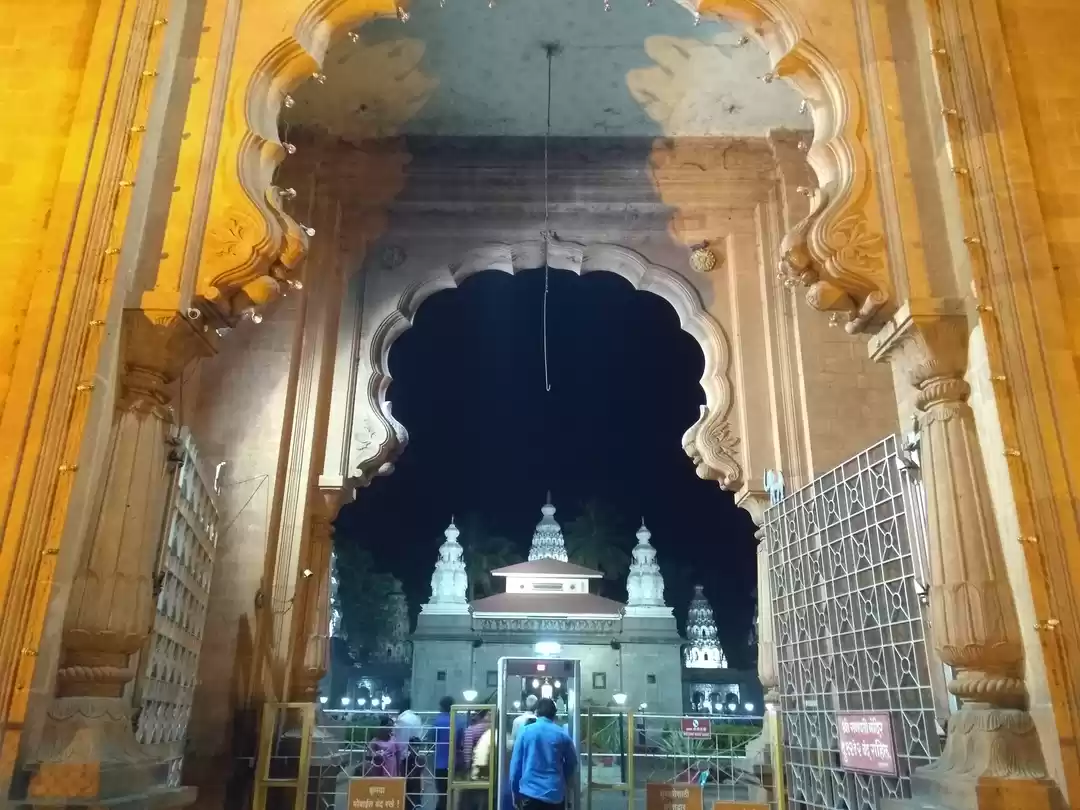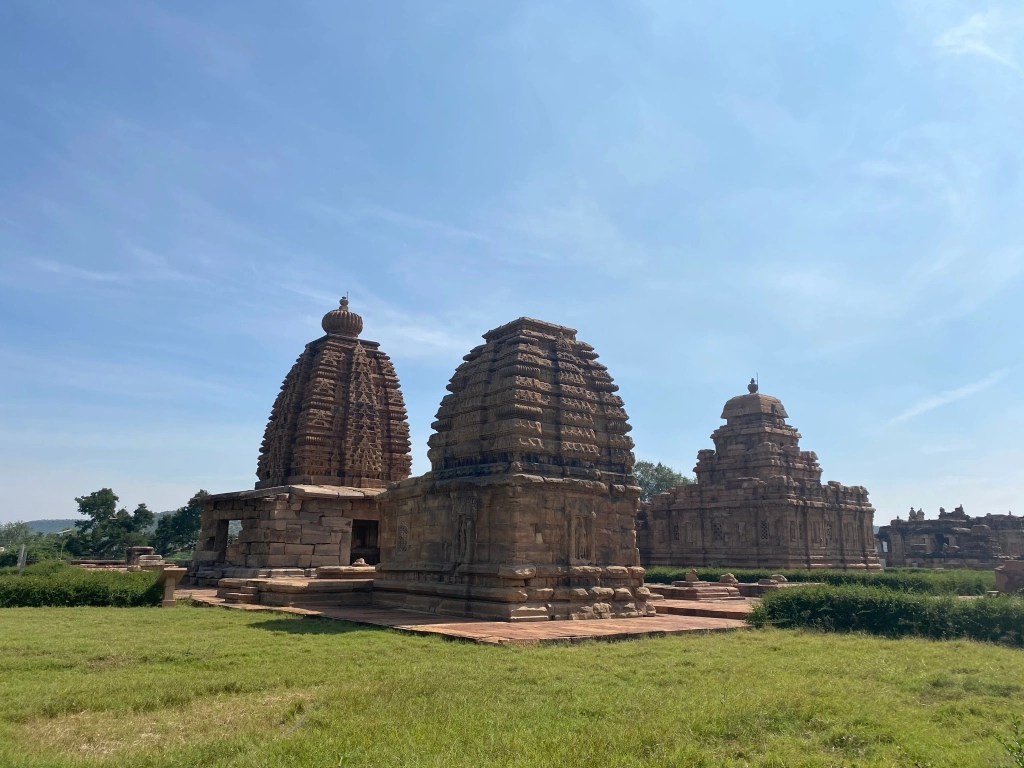The turrets climbed high in the sky. We were almost halfway up the stairs that led to the top of the dome. All along the winding path, the steps broke out into small galleries that looked out over the late afternoon cityscape. And we peered out, like the sultans of old might have. The sun was at its golden best, illuminating the world in a magnificent afterglow, and the yellow ochre walls seemed to have regained the magical sheen of their glorious past.
Welcome to Bijapur, one of the most beautiful bastions of the Deccan Sultanate. The city sits forgotten, overshadowed by its illustrious neighbours of Hampi and Badami. Yet, its allure is undeniable, perched at the border of Karnataka and Maharashtra, its past remains closely stitched together to the history that shaped the south of India.
It’s difficult and audacious to talk about Bijapur as a whole and to travel through its quaint ancient paths with the help of mere words. But nowhere is the magnificence more on display than the Gol Gumbaz.
Built in the 17th century, dedicated to Md. Adil Shah, the domed structure rises up to about 51 mts. in height. Inside, Adil Shahi's tomb rests in the middle of a gigantic expanse across one single chamber that is the Gumbaz. The king is not alone as a few of his close ones also lie by his side, enshrined in the hallowed hall. At the top, there is a circular pathway, hugging the inside wall of the dome. This is famously called the 'Whispering Gallery', the place we were headed.
It had been my wish for a long time to visit Bijapur. Part of it was intrigue, since it lies mostly unknown to the common Indian traveller. As said before, everyone talks about Hampi and I have been there twice myself. Now, there was a need to visit the other half of the Deccan story and Bijapur seemed to be the best place to start with numerous distinctions that the city bears. According to some sources, Gol Gumbaz ranks as the biggest single dome in the world, next to St. Peters in Rome. The Mallike-e-Maidan is the largest cannon of medieval times, cast from iron as a single piece. I loved Hampi and the Rome-esque feeling that exuded from its broken ruins. Bijapur is different in its own way, caught between the glory of the old and the new age.
It took us about 20 minutes to climb the entire length of the stairwell and reach the top. There was a deafening noise inside, which we had been listening to ever since we walked through the giant doors. We now realised that they were all echoes. Echoes that emanated from the visitors of the 'Whispering Gallery', where our own words, came back to us, after travelling along the walls. It is a surreal place, aptly named, and dizzyingly high that made us feel overwhelmed. Amidst all this, we stood, or rather knelt down at the edge and looked below to the king's tombs to find how far up we were. The enormous doors seemed like a hole in the wall, much like the ones used by Jerry in the cartoons, and the people below no more than ants, silhouetted against the light that tumbled in. The reverberations around us felt like a huge blob of sound, made of so many words of so many people, indistinguishable in the whole. We added our little nonsensical 'whoop' and 'haa' to the din in a childish delight of listening to ourselves.
What takes one's breath away is the ingenuity of the design. Gol Gumbaz does not have the Rajput intricacies, nor does it have the Mughal delicate designs. Its walls are bland and unimpressive. But the scale and the underlying thought is spectacular. The entire block is like an achievement, not just one glorious doorway or one decorated cenotaph. The whole of Gumbaz hits your senses and drowns you in waves of awe and humility. This is what makes Gol Gumbaz a feeling, rather than a marker in the map as a place to see.
We felt this true for the whole of Bijapur. With its long broken walls of the old town citadel; its unfinished tomb of Bara Kaman, where the old king lies beneath the stars with only arches for company that reach out to a void; across the haunting and elegant mosque and mausoleum complex of Ibrahim Rauza - the old city becomes an immersive experience that makes you feel the stirrings of lost tales and trials. It feels like an assorted box of memories, struggling to open inside, like an old dusty book from childhood that hides the first love letter ever written in life.


















